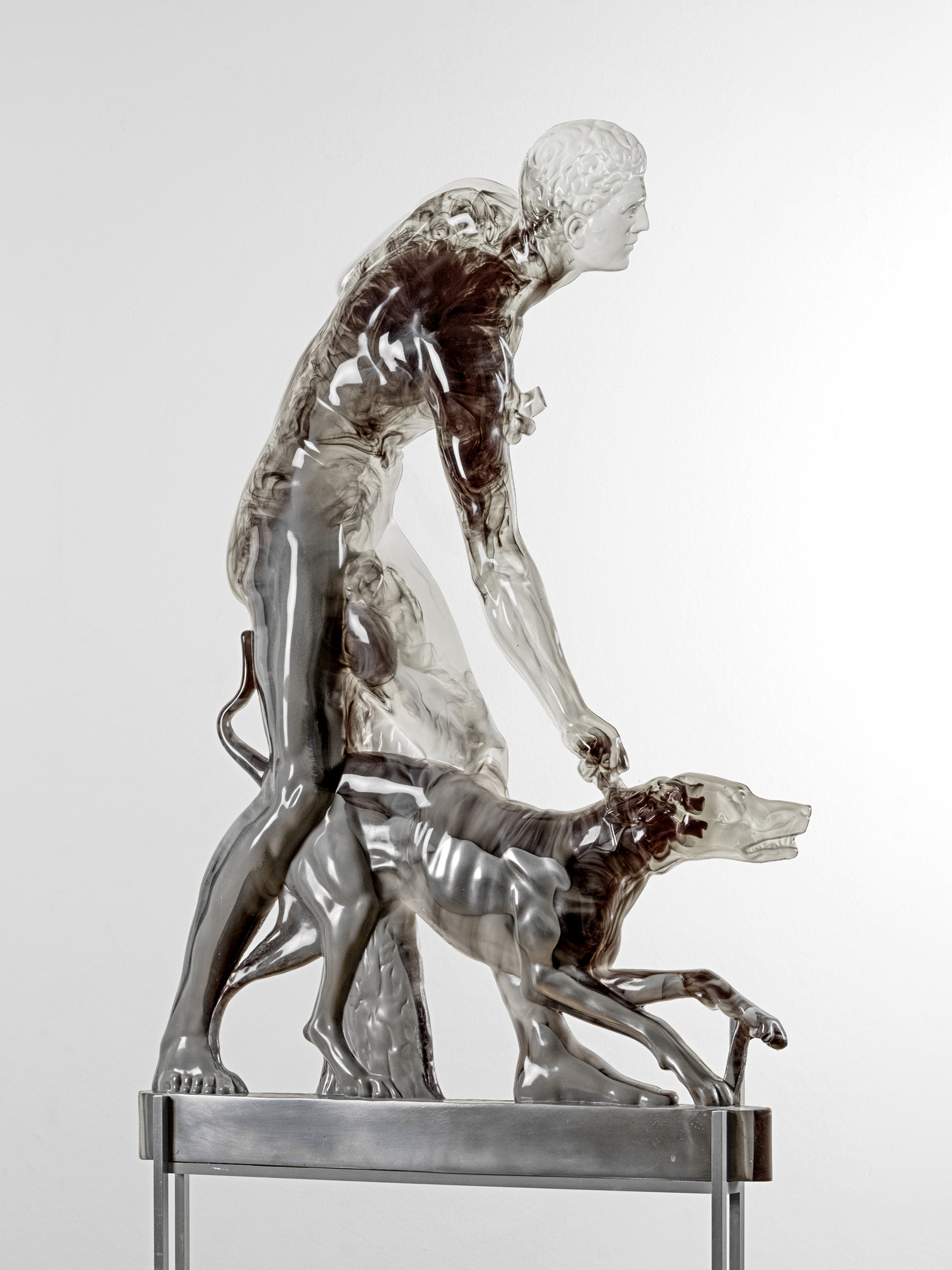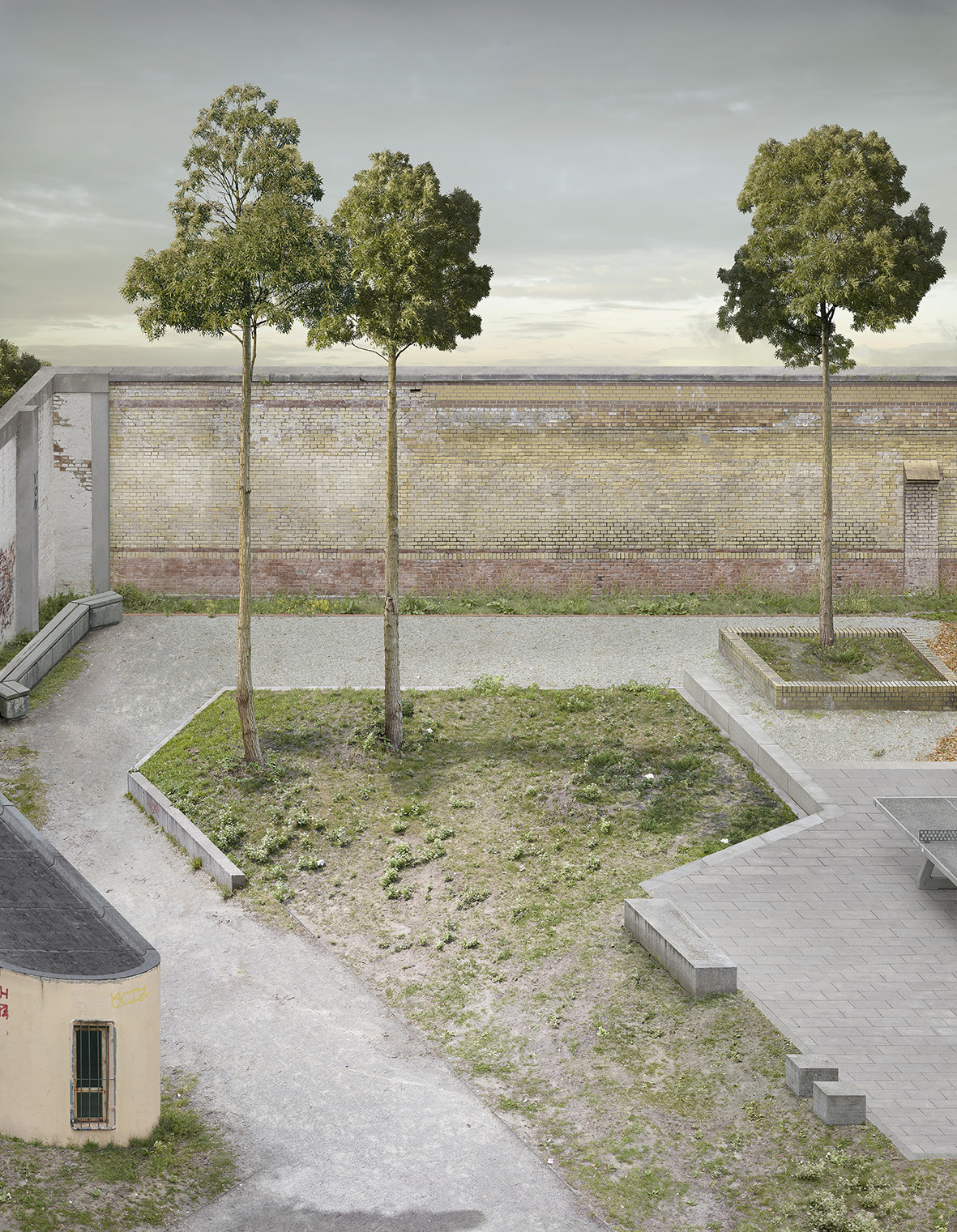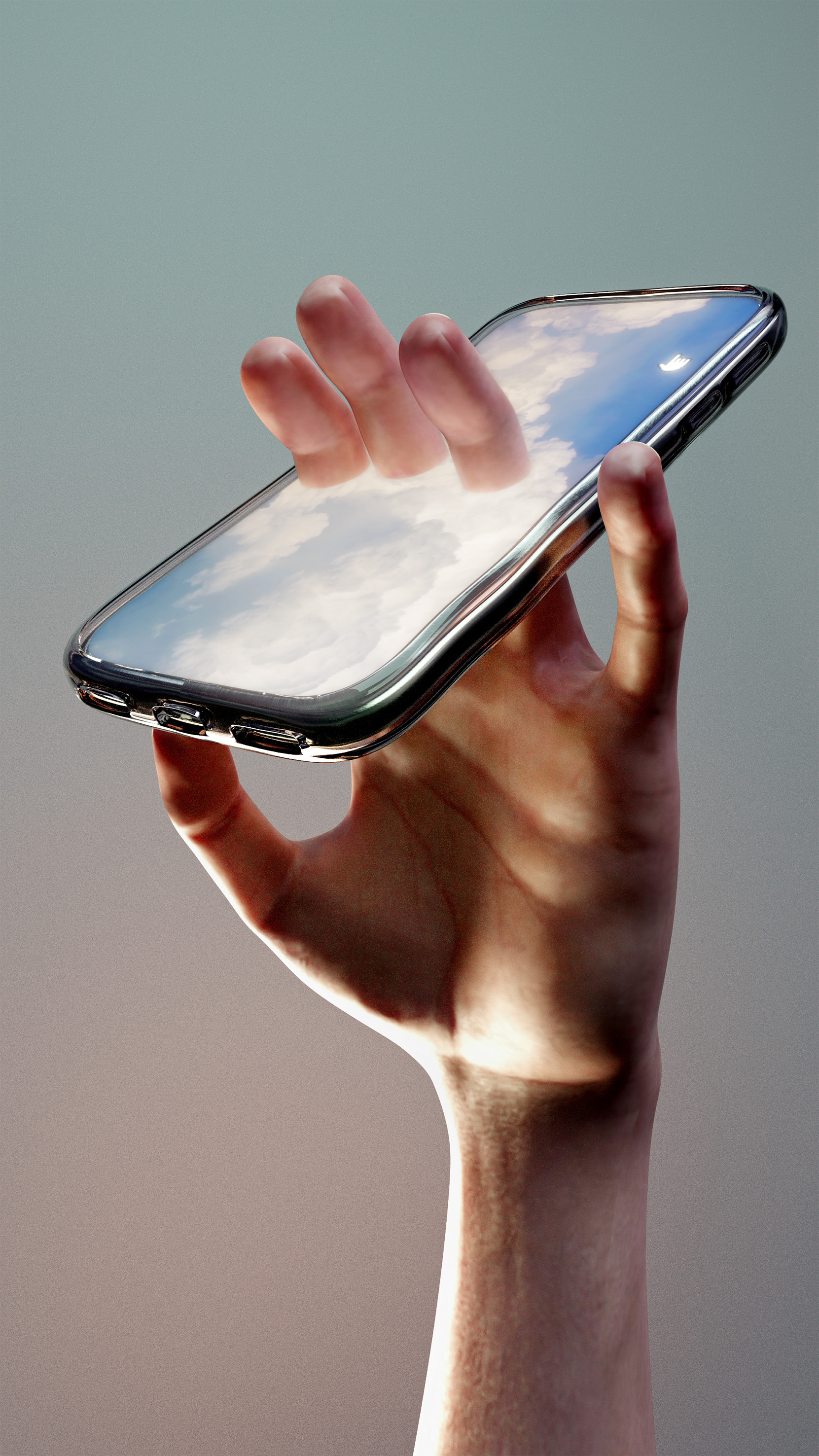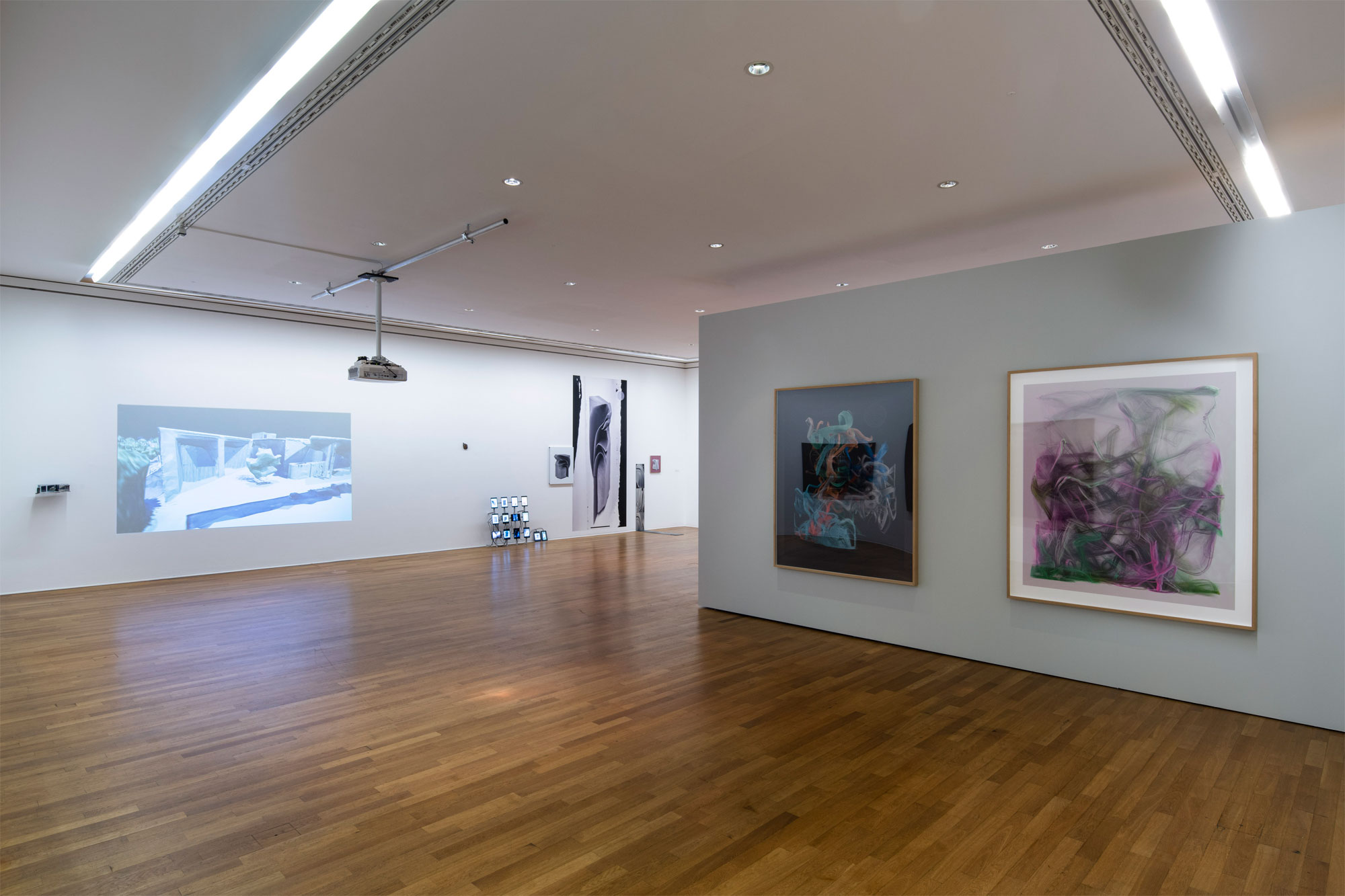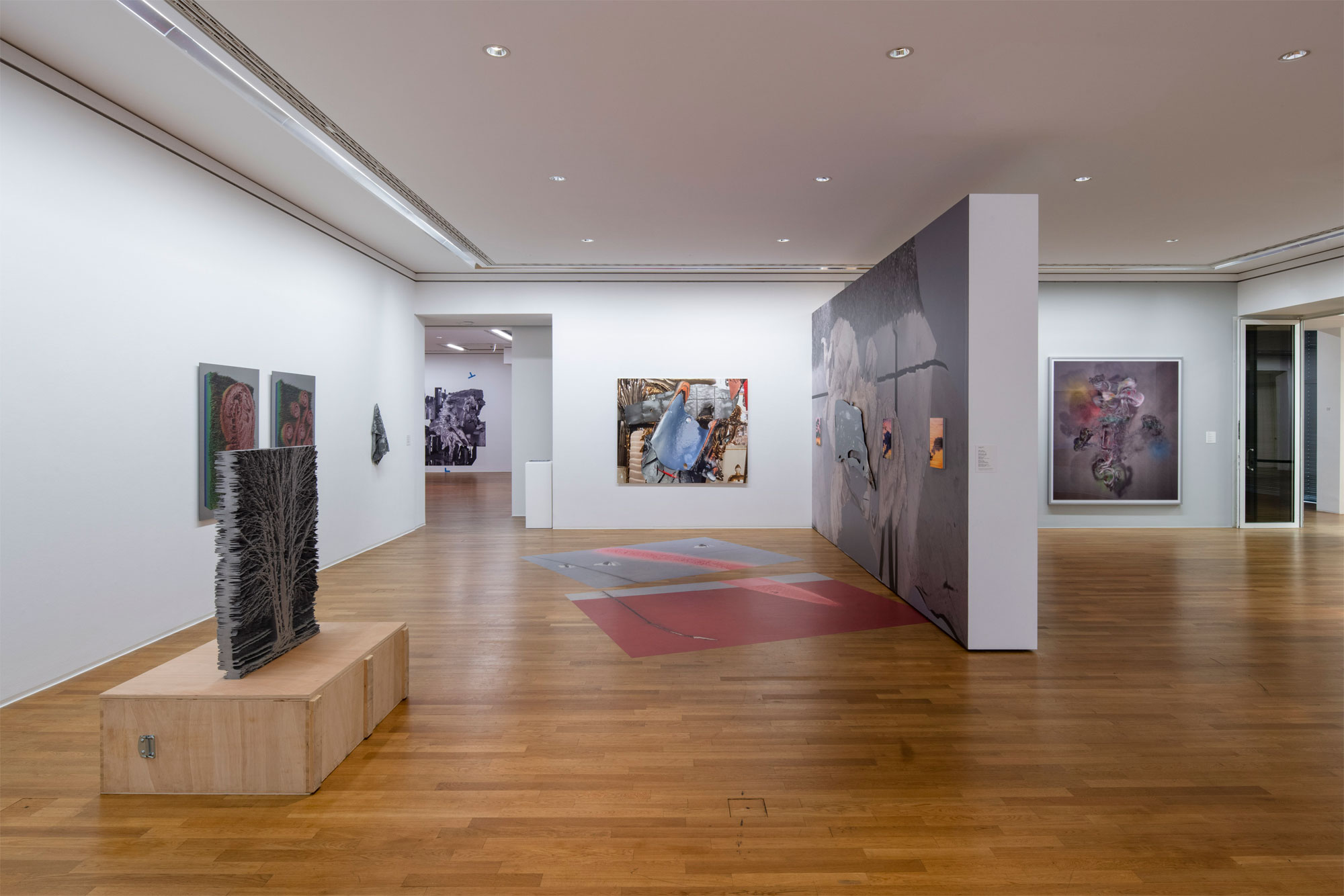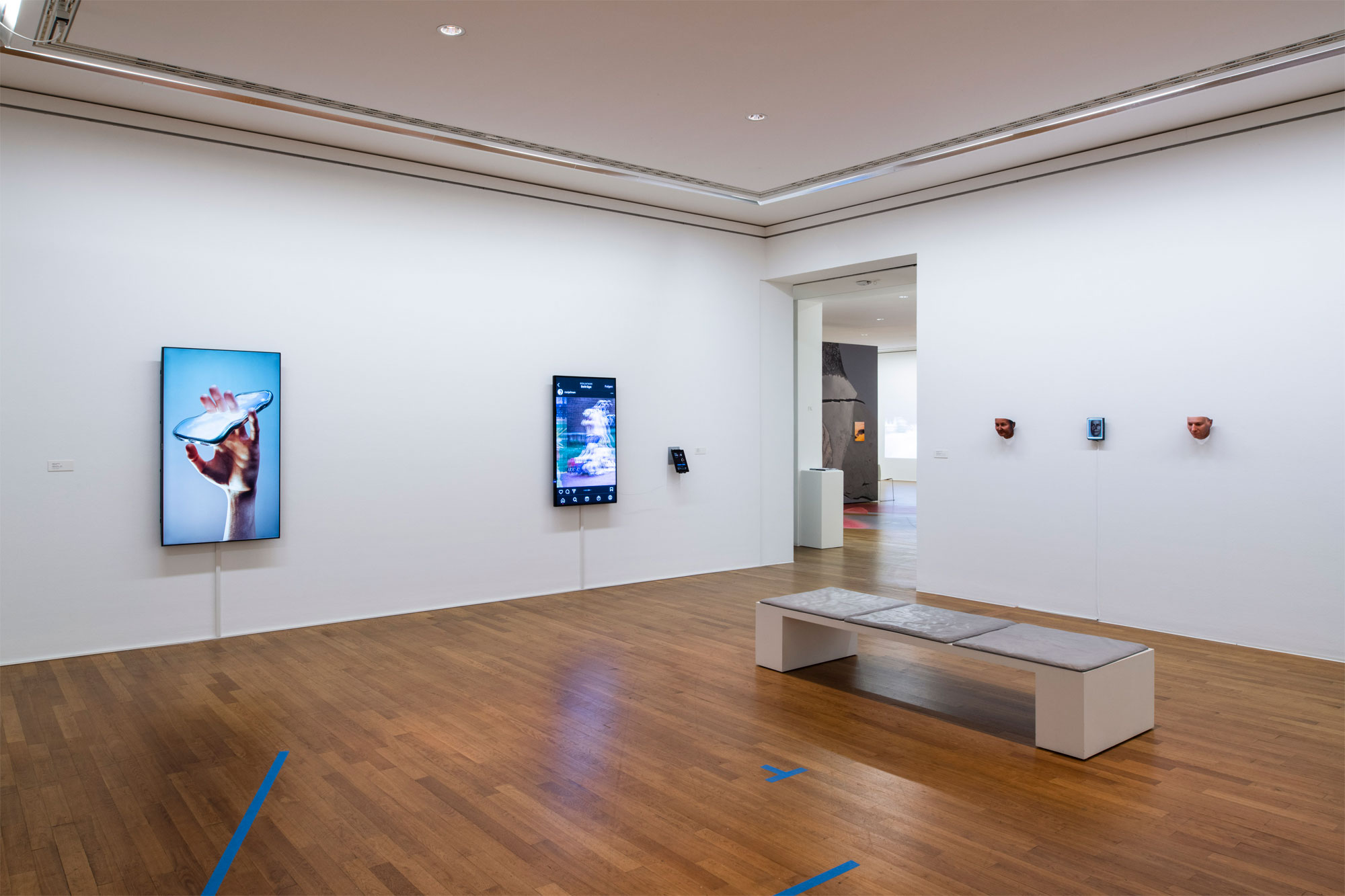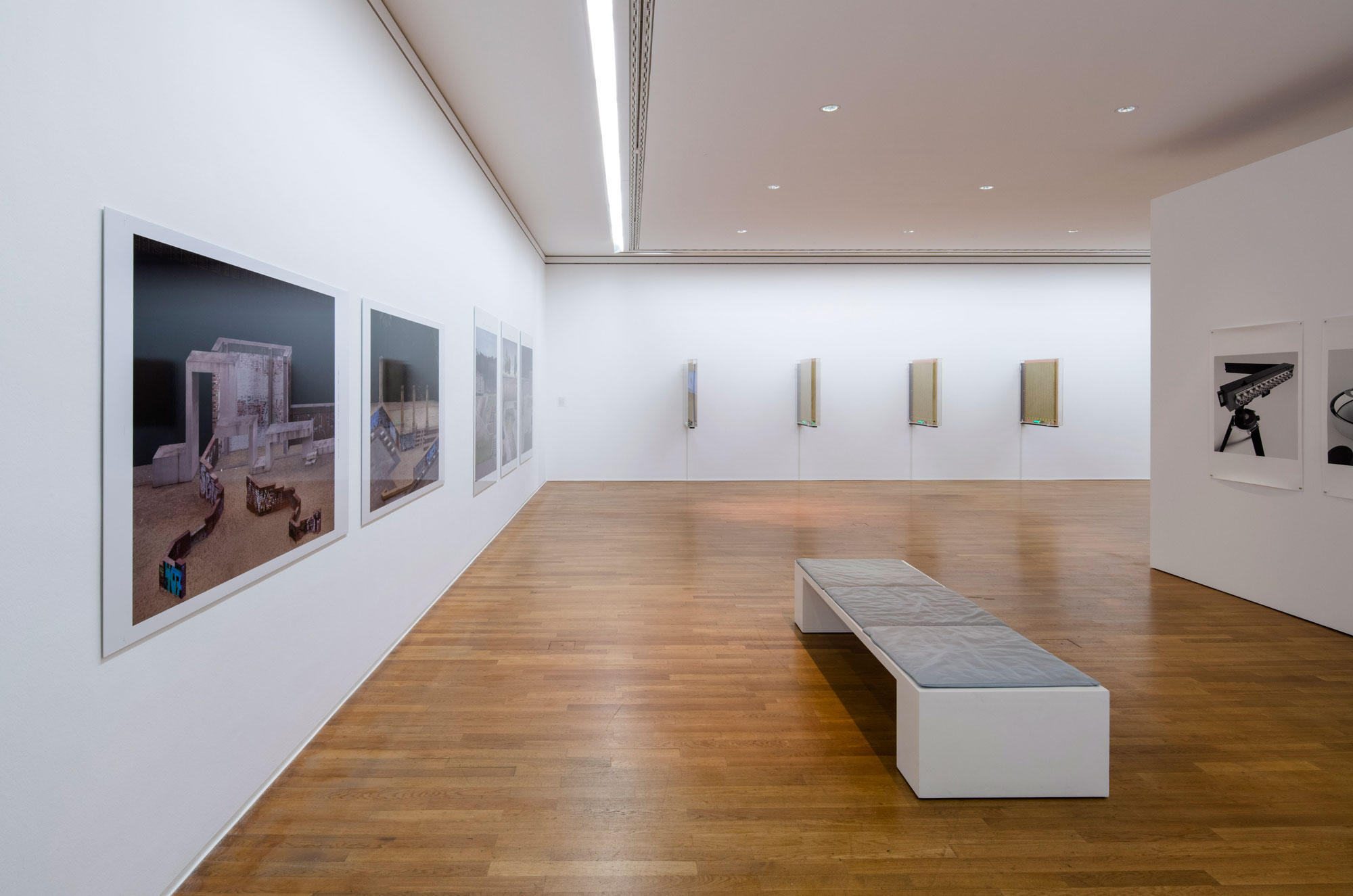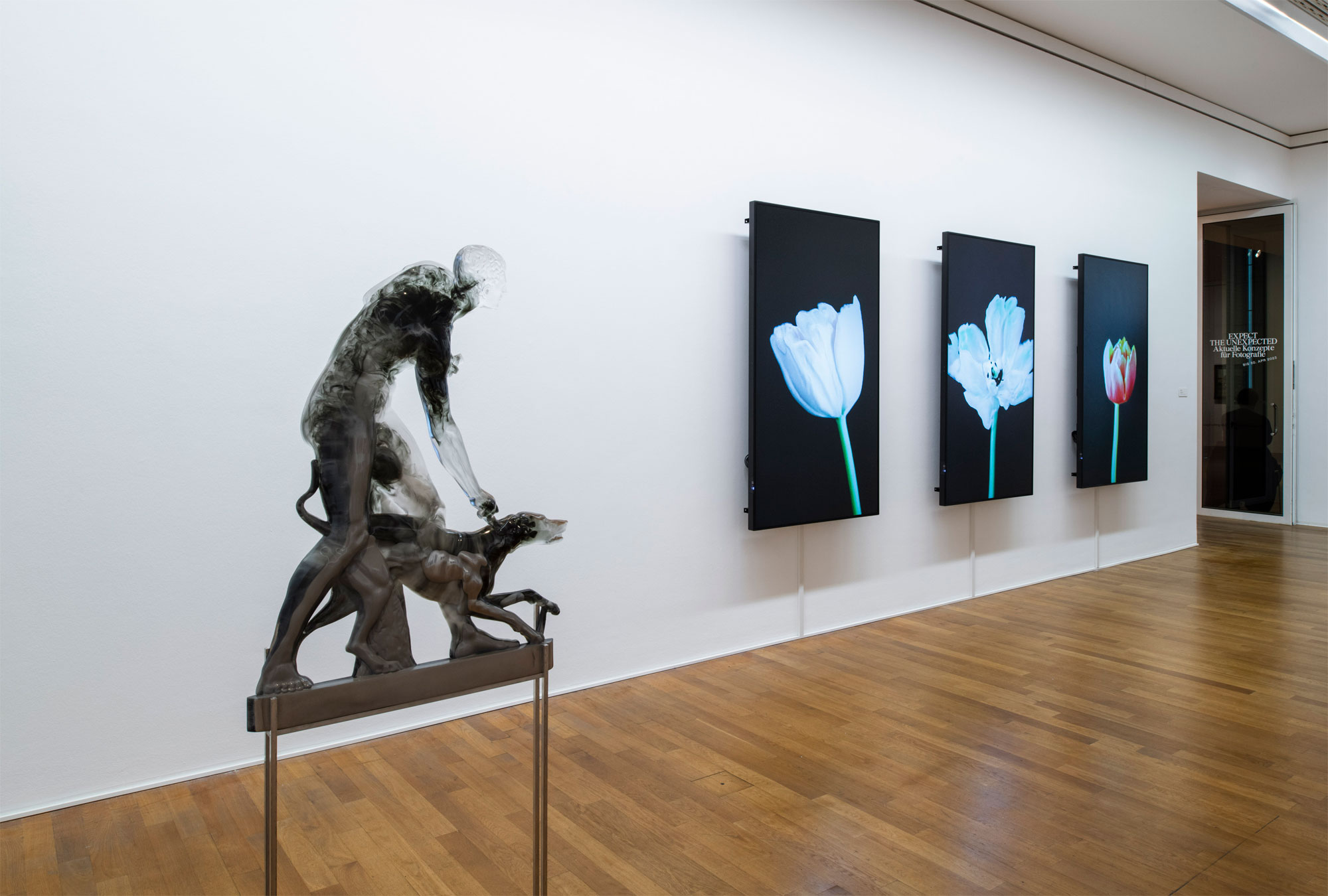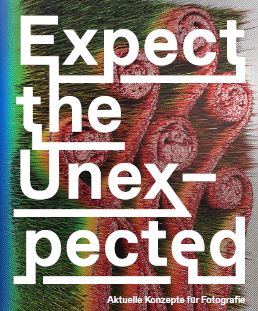The exhibition Expect the Unexpected – Current Concepts for Photography discusses the new visual worlds which are product of the digital transformation and how current technological developments affect artistic photography. It does so by presenting exemplary artistic positions of the last ten years who have been significantly involved in the expansion and redefinition of artistic photography. In addition to the well-known photographic tools, these artists work with new, photography- based tools such as photogrammetry, 3D scanning, 3D printing, augmented reality, CGI and machine learning.*
Both the exploration of extended photography itself and its exponentially increased possibilities play a role for these artists as well as the question of how digital, networked photography is embedded in socio-political, global contexts and what impact it has on our everyday lives. The interaction between humans and machines becomes the focus: Who is in control, who is the author, the artist or the computer program? Who can claim power of interpretation over the new digital image worlds: The human eye or image recognition algorithms? What new ideas does the tension between reality and virtuality, materiality and immateriality produce? And how do previous image and exhibition concepts relate to the new technical possibilities? Do our expectations of photography still match the reality of a globally networked life dominated by photographs which deepfakes and facial recognition are an inherent part of?
All these questions will be discussed in the exhibition. Photography is understood as a matrix for contemporary ways of working with digital imaging processes and is challenged and examined in the works shown.
With works by Banz & Bowinkel, Tim Berresheim, darktaxa-project, Beate Gütschow, Philipp Goldbach, Spiros Hadjidjanos, Fabian Hesse & Mitra Wakil, Baron Lanteigne, Oliver Laric, Simon Lehner, Achim Mohné, Susan Morris, Victoria Pidust, Johannes Post, Jon Rafman, Michael Reisch, Anna Ridler, Adrian Sauer, Tamás Waliczky, and others.
*please see glossary below

